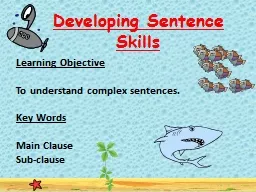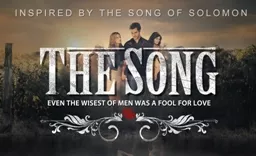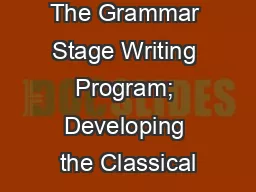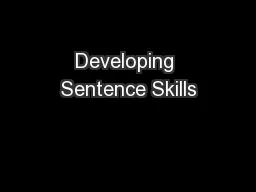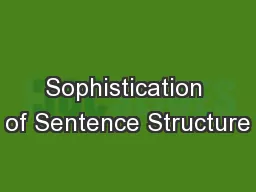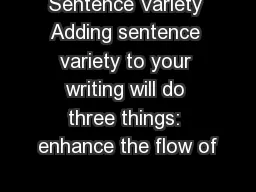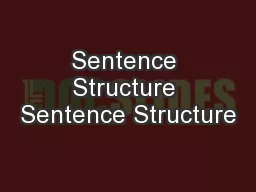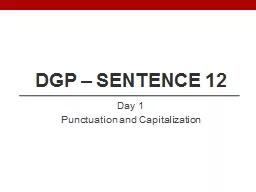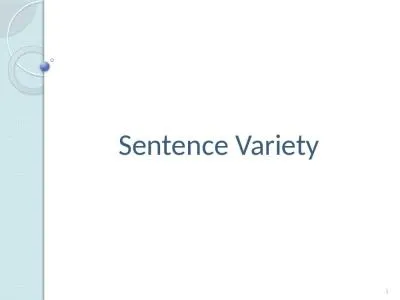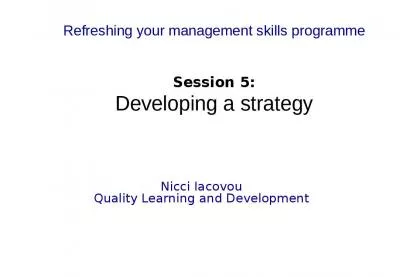PPT-Developing Sentence Skills
Author : marina-yarberry | Published Date : 2016-05-29
Learning Objective To understand complex sentences Key Words Main Clause Subclause Starter stitute marine human sub sub sub Sub is a prefix This means that we
Presentation Embed Code
Download Presentation
Download Presentation The PPT/PDF document "Developing Sentence Skills" is the property of its rightful owner. Permission is granted to download and print the materials on this website for personal, non-commercial use only, and to display it on your personal computer provided you do not modify the materials and that you retain all copyright notices contained in the materials. By downloading content from our website, you accept the terms of this agreement.
Developing Sentence Skills: Transcript
Download Rules Of Document
"Developing Sentence Skills"The content belongs to its owner. You may download and print it for personal use, without modification, and keep all copyright notices. By downloading, you agree to these terms.
Related Documents

